Highly technical language alienates and frustrates readers. Even when specialized terms are defined, the damage is done
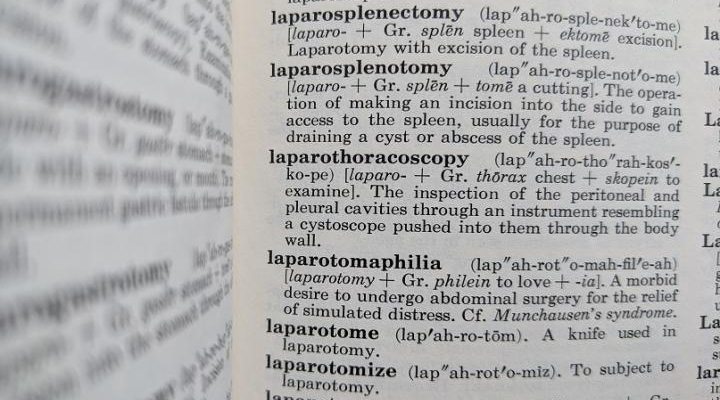

Highly technical language alienates and frustrates readers. Even when specialized terms are defined, the damage is done

AI is being leveraged to provide machines with the capacity to match or even outperform humans in many endeavors. So what does this mean for the synthetic chemist?
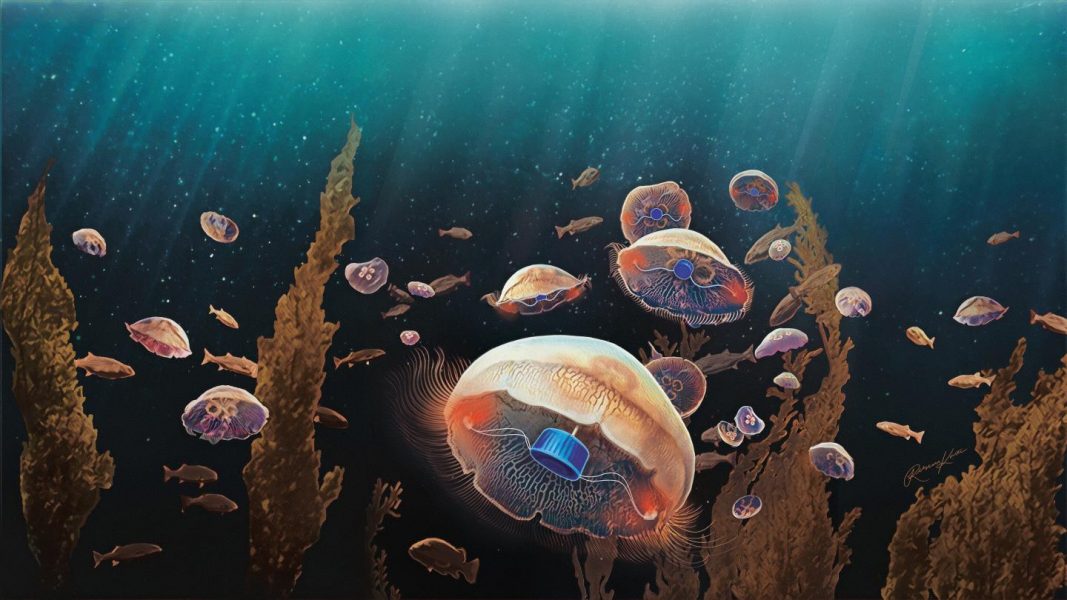
Researchers at Caltech and Stanford use microelectronics to enhance jellyfish swimming.
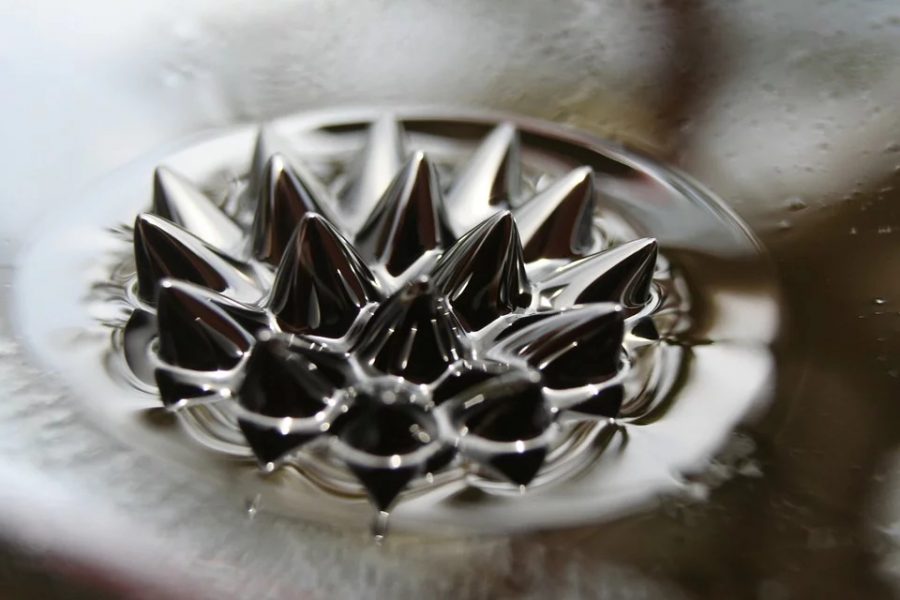
Programmable smart materials, which can be reversibly controlled through magnetically-induced heating and actuation.
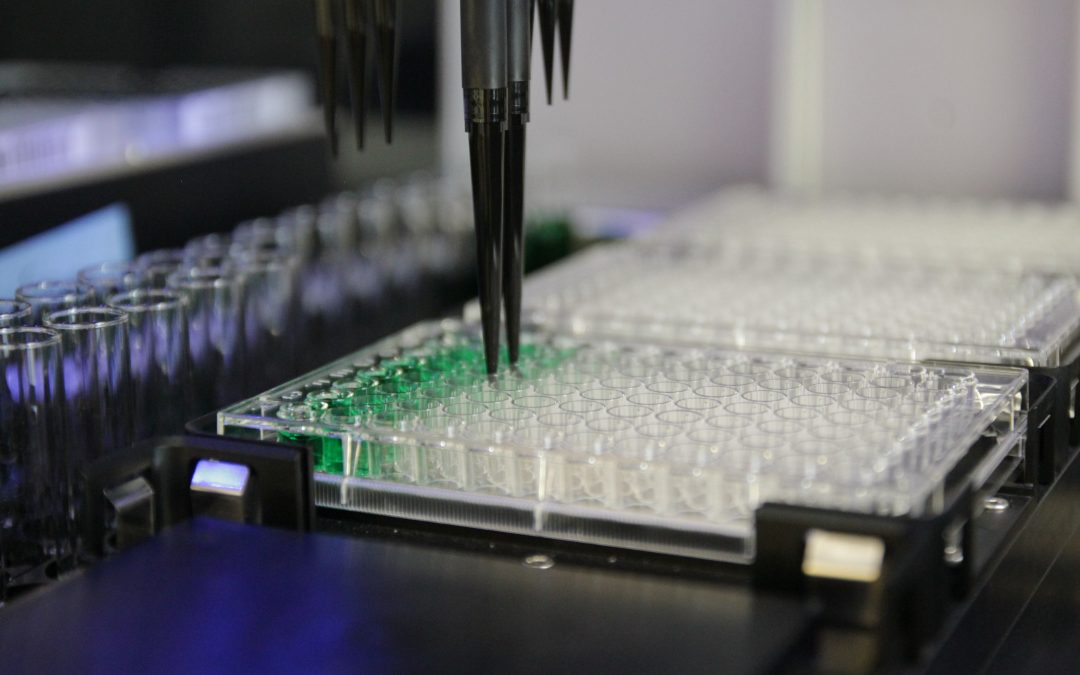
Engineers create a robotic platform to automate the production of new, functional polymers for advanced materials.
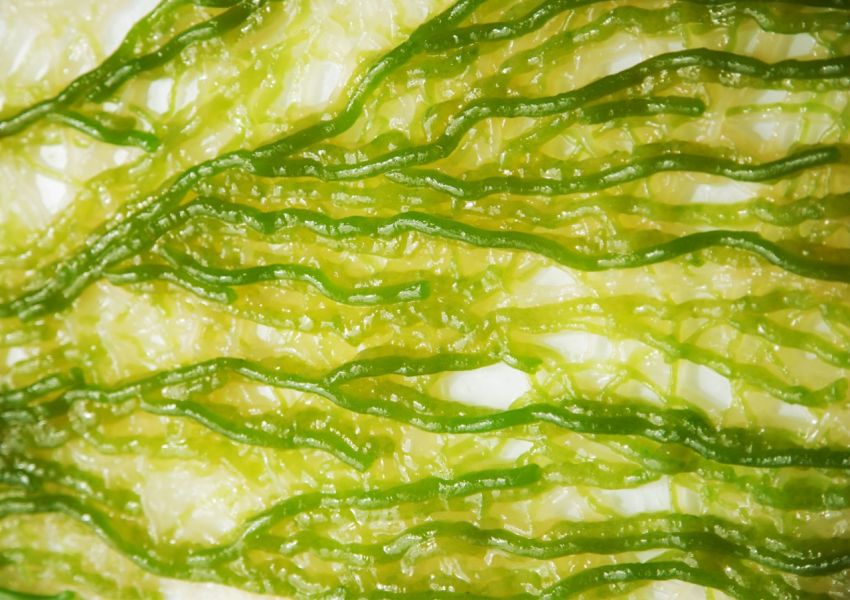
Hydrogels that incorporate whole algal cells offer new possibilities in building architecture and bioremediation.

“This work opens new avenues for material scientists and biologists to mimic in the lab the structure of living tissues and to upscale the production of engineered constructs.” ~ Dr. Riccardo Levato and Prof. Chris Moser.

In this essay, scientists from Spain and Denmark delve into the spectrum of possibilities offered by wearable and implantable healthcare devices and provide new insight into the cyborganic era.

Researchers create a soft robotic electronic skin with fingerprint-like patterns with future applications in prosthesis, wearable sensors, and medical devices.

A bioinspired, soft robotic caterpillar that uses the contraction of live heart cells to propel its motion.